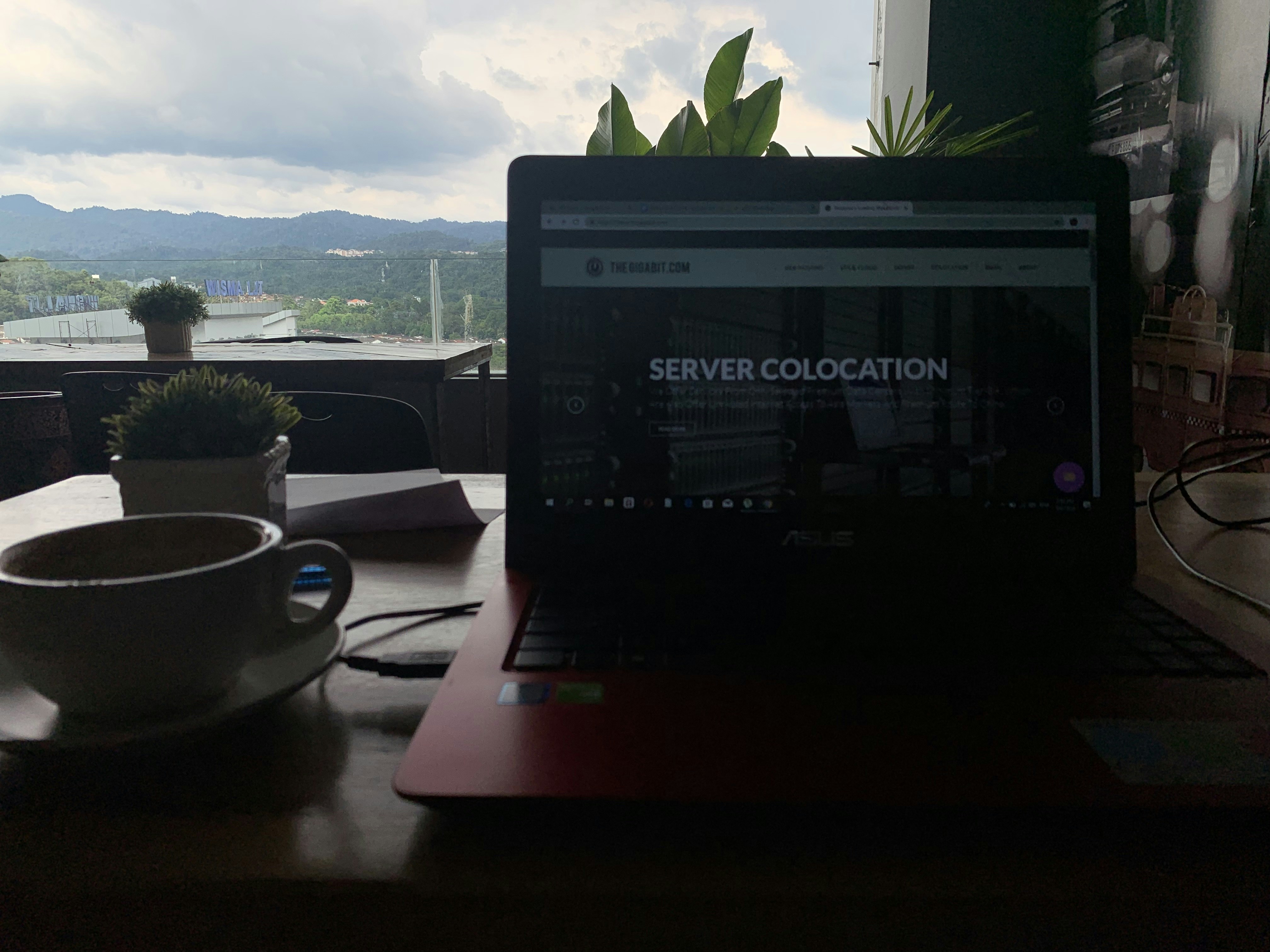Cloud computing structure evaluation and efficiency optimization methods
Summary: With the fast growth of cloud computing expertise, enterprises are more and more counting on cloud companies to assist their enterprise operations. This text will present an in-depth evaluation of cloud computing structure and talk about find out how to optimize the efficiency of cloud companies by way of a collection of methods.
Key phrases: cloud computing; structure evaluation; efficiency optimization; useful resource allocation; value management
1. Introduction
As a computing mannequin that gives on-demand self-service, in depth community entry, useful resource pooling, fast elasticity, and pay-per-use options, cloud computing has grow to be an essential a part of trendy IT infrastructure. By migrating to cloud platforms, enterprises can acquire better flexibility, scalability and cost-effectiveness. Nonetheless, to completely notice the advantages of cloud computing, it’s essential to grasp its structure and implement efficient efficiency optimization methods.
2. Evaluation of cloud computing structure
1. Cloud service mannequin
– Infrastructure as a Service (IaaS): Supplies virtualized computing sources corresponding to digital machines, storage and networks.
– Platform as a Service (PaaS): Along with infrastructure, it additionally supplies platform companies corresponding to growth instruments and database administration programs.
– Software program as a Service (SaaS): Supplies an entire utility with out the consumer having to handle the underlying infrastructure.
2. Cloud deployment mannequin
– Public cloud: owned and operated by a third-party cloud service supplier, with a number of tenants sharing sources.
– Non-public Cloud: Constructed for a single group and may be managed throughout the group or by a 3rd celebration.
– Hybrid cloud: combines the traits of private and non-private clouds, permitting information and purposes to maneuver between the 2.
3. Key technical parts
– Virtualization expertise: realizes the abstraction of bodily sources and improves useful resource utilization.
– Automated administration: Simplify useful resource configuration, monitoring and upkeep processes.
– Distributed storage: guaranteeing information reliability and availability.
– Load balancing: Guarantee excessive availability of purposes and environment friendly visitors distribution.
3.Efficiency optimization technique
1. Useful resource optimization
– Dynamic useful resource adjustment: mechanically improve or lower sources in accordance with adjustments in workload.
– Useful resource quota administration: allocate sources fairly to keep away from extreme consumption and waste.
2. Value management
– Reserved Situations and Spot Situations: Benefit from worth benefits to scale back long-term working prices.
– Serverless structure: Pay solely when truly used, lowering the price of idle sources.
3. Utility optimization
– Code optimization: Enhance utility efficiency and cut back pointless useful resource consumption.
– Microservice structure: Decompose massive purposes into small service items for straightforward growth and upkeep.
4. Safety and Compliance
– Common safety audits: Make sure the safety of the cloud surroundings.
– Adjust to regulatory necessities: Meet information safety legal guidelines in several areas.
4. Conclusion
Cloud computing brings unprecedented flexibility and effectivity to enterprises, however to maximise its worth, you will need to have a deep understanding of cloud structure and take efficient efficiency optimization measures. By steady monitoring, analysis, and tuning, enterprises can be sure that their cloud environments are each environment friendly and cost-effective.



